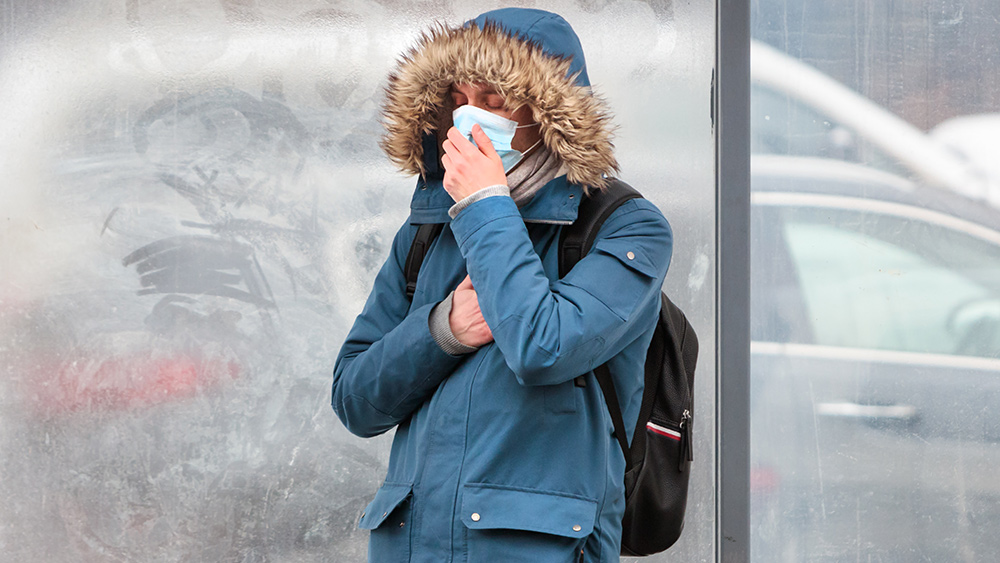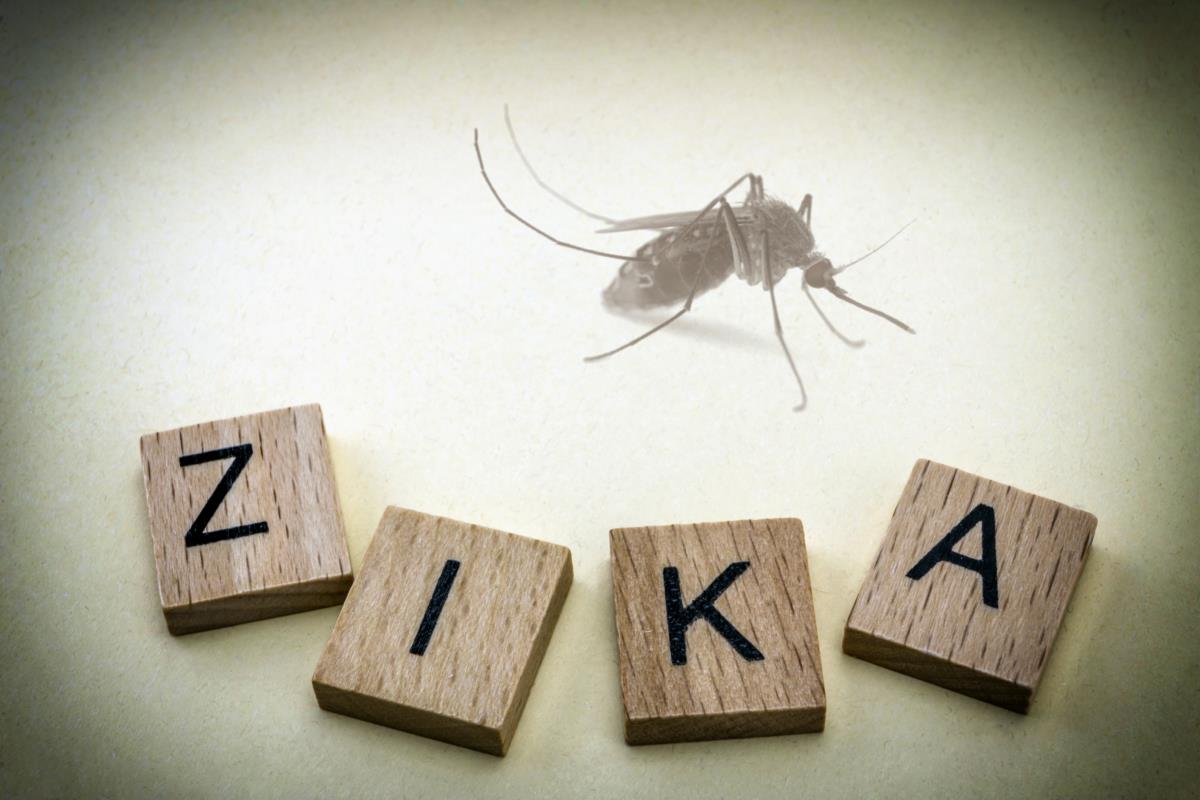The flu vaccine is a spectacular failure with an unacceptable efficacy rate
03/03/2020 / By Isabelle Z.

We’re often bombarded with “helpful” reminders to get our flu vaccines as winter rolls around, but when you take a closer look at the medical literature, there’s a lot about the shot that simply doesn’t add up. There are really two main qualities that you’d expect a vaccine that is pushed on the masses to possess: safety and efficacy. Unfortunately, the flu vaccine fails on both counts.
There’s a huge body of evidence showing just how ineffective the flu vaccine is and how easily its effectiveness can drop depending on personal factors. The CDC can never really say just how well a particular season’s flu vaccine will work as it must be created well ahead of the flu season, and there’s no way of knowing which strains will dominate in a particular year – they can only guess. Then, they point out that past seasons have seen efficacies in the range of 40 to 60 percent, as if that’s somehow something to brag about!
And when you look at particular years or groups of people alone, it fares far worse, with the overall effectiveness of 2018-2019 vaccine being just 29 percent across all the various age groups and flu viruses. This is according to information compiled by Children’s Health Defense.
In February of 2019, flu vaccines were actually ineffective 91 percent of the time. And that upper efficacy of the range the CDC touts of 60 percent has only been reached once in the last 15 years. Some years have seen failure rates of as high as 90 percent, which is what happened in 2004-2005.
There’s also the fact that the flu vaccine is influenced, to a very large degree, by immune system complexities and other factors. While other vaccines also have their shortcomings when it comes to effectiveness, those differences are often more predictable. Flu vaccines, however, are noteworthy for their variable effectiveness among age groups, and just to throw another wrench into the mix, recent vaccination status also plays a big role.
Getting past flu vaccines can make the current one less effective
One study, for example, showed how vaccinated 35-to-54-year-olds had a four times greater risk of getting sick from certain flu viruses that were circulating than unvaccinated people of the same age.
Different studies corroborate this, with a study published this year showing that the flu vaccine’s effectiveness in seniors went down with the number of previous flu shots they’d received, with those who had gotten between 1 and 3 previous flu vaccines noting an efficacy rate of 26 percent and those who’d had 9 to 10 vaccines experiencing a very poor 7 percent efficacy rate; those without any previous vaccines, by the way, noted a higher, yet still unacceptable, efficacy rate of 34 percent.
A study carried out by Spanish researchers saw a similar trend in those above the age of 60, with just one prior vaccination dropping their effectiveness rate to 20 percent or lower.
Other studies have shown how factors like weight can shape the vaccine’s efficacy; obese people have a lower response to the flu vaccine than people who are not obese. This could be down to the fact that being overweight can change people’s metabolism in a way that ages their immune cells.
The global flu vaccine market is worth more than $5 billion, so it’s no surprise that vaccine makers are so eager for people to blindly line up for the jab, However, flu vaccine overage rates among American adults are starting to drop, showing that people are starting to wake up to the dangers of getting a shot that doesn’t offer a degree of protection that makes it even remotely worth taking on the risks for most people.
Sources for this article include:
Tagged Under: deception, Flu, Flu vaccine, influenza, influenza vaccine, toxic ingredients, vaccine efficacy, vaccine failure, vaccines
RECENT NEWS & ARTICLES
COPYRIGHT © 2017 IMMUNIZATION NEWS



















